One of the more popular activities people were interested in during the COVID-19 lock-down was preparing a compost bin with green materials, weed seeds, food waste, kitchen waste, grass clippings, etc. While it is certainly fun for the family and especially children, it can be a bit messy or smelly if you compost incorrectly. Composting can help fertilize soil, mulch your garden, and can even be used to prepare compost tea to help nourish roots quicker.
Learning this unique skill and other gardening guides can be quite simple and handy. It’s also the first step towards green-living. Once you get your compost bin started, it becomes a lot easier re-purposing green material, organic matter, brown material, food scraps, yard waste, etc. Once done, you can use your compost bins for nutrient rich soil, improve your flower garden, feed your growing fruits and vegetables, grow grass seed, and help other vegetation in your garden thrive.
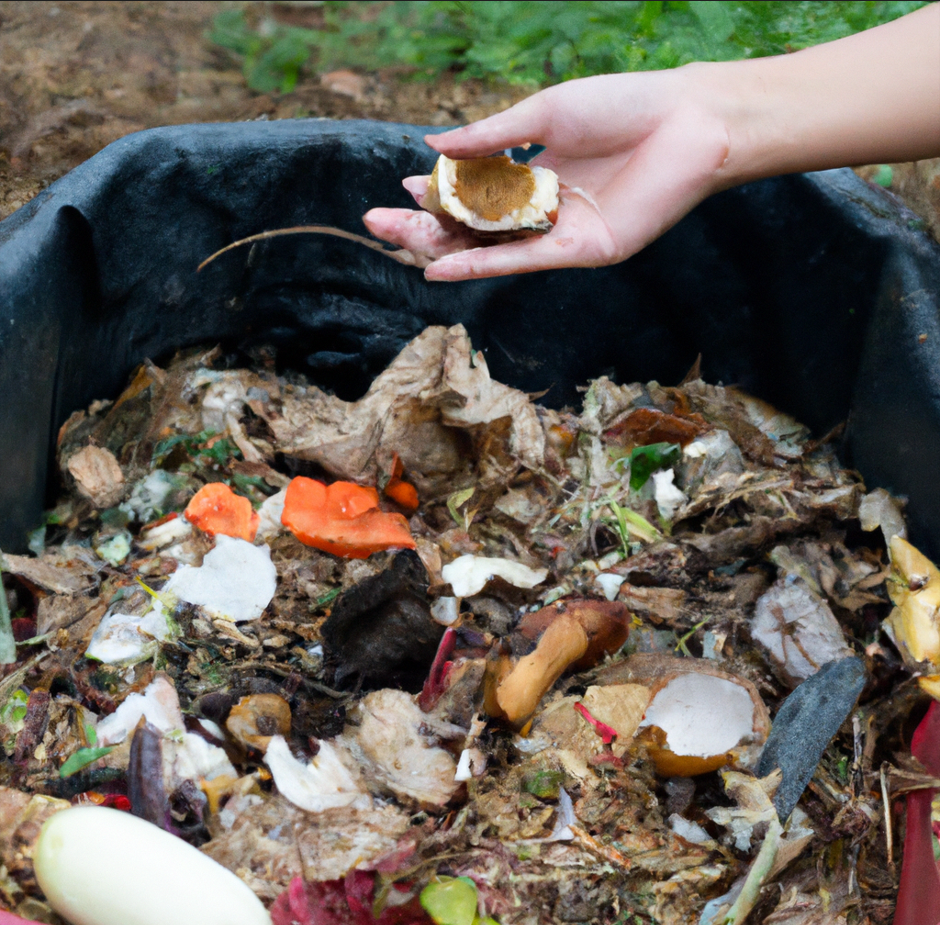
What are the different types of composting?
The first step to the composting process is to learn and identify the different types of compost pile, namely cold compost, hot compost, and vermicompost.
Cold compost is simple and requires collecting yard waste such as grass clippings, green materials, organic waste, and other raw materials including fruit and vegetable waste, eggs, coffee grounds and more. Next, you simply need to corral and mesh them in a compost bin. In approximately a year’s time, this compost heap will begin to decompose.
Next, hot composting requires additional work and a more active role in the entire process as it takes less time than other varieties to decompose. For this, you will require 4 key components for the speedy decomposition process including carbon, air, water, and nitrogen. These ingredients are needed to nourish and feed microorganisms which help in the quick process of decay.
The third type of compost heap is vermicompost which is prepared using worms. These little creatures feed on your kitchen scraps, organic material, food waste, etc. This process releases castings which are full of nitrogen. Vermicompost requires red wigglers, which are also more popularly referred to as redworms and can be bought from any garden supplier.
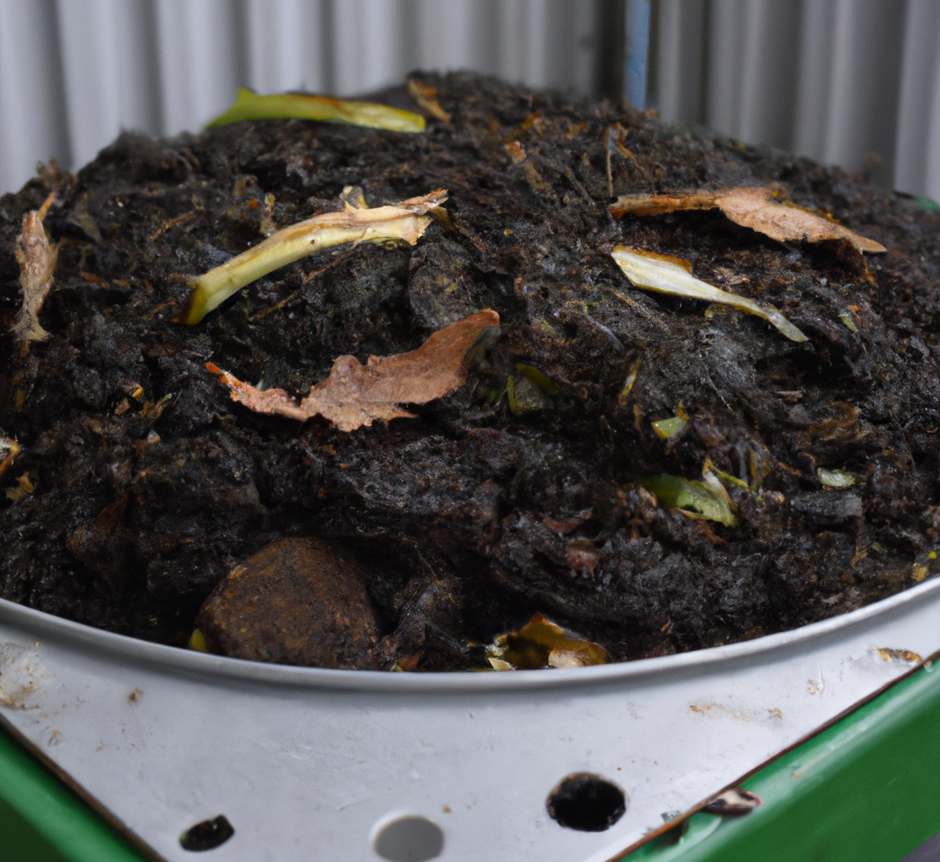
What should you use for composting?
One great thing about composting is that you do not need special tools or materials. You can make good use of food scraps leftover in your fridge or kitchen scraps that you would otherwise dispose of. If you notice fruits or vegetables only slightly past ripeness, then you can easily use those for your compost heap.
Additionally, you can also use yard waste, compost tea, brown material, wood shavings, weed seeds, grass clippings, etc. Here are some of the most common items used for a compost bin:
- Fruit and vegetable peelings or scraps
- Leftover food items
- Coffee grounds or tea contents
- Eggshells
- Grass clippings and weeds
- Green and brown materials
- Dried leaves
- Straw
- Shredded paper or newspaper
- Wood ashes or shavings
You can start collecting these in a basket or a bin placed in your kitchen as it makes it easier to chuck food bits inside while you are cooking or eating. If you don’t want to purchase one, you can simply make your own indoor or outdoor compost bin. If the smell of decomposing waste is stinking up your house, then you can even freeze your food scraps and add them to your outdoor pile later.
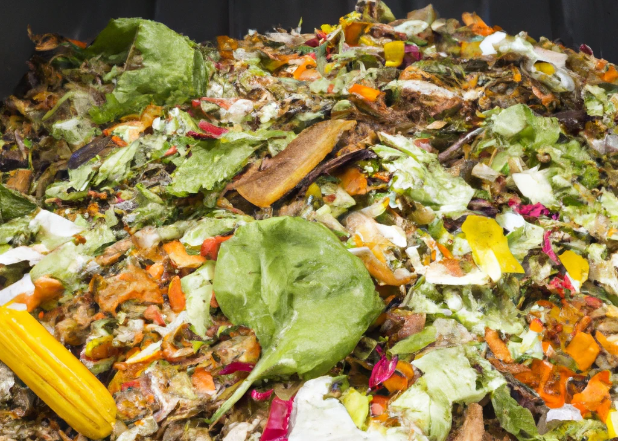
What to avoid putting in a compost?
There are materials and ingredients you should avoid putting in your compost as they can attract bugs, pests, rats, or even lead to nasty odors.
- Dairy foods
- Oils
- Meats and fish
- Charcoal ash
- Foods with preservatives
- Woods treated with preservatives or polish
- Pest-infested plantation or weeds
- Dog or cat waste
Materials or items that have either been treated with pesticides, polishes, preservatives, etc., can help the helpful bacteria in your compost pile. Dog or cat waste may contain harmful parasites that can turn your compost into a hazard for your garden and for your health.
Similarly, plantations that show signs of pest infestation, disease, or fungal growth should never be added to your compost as these pathogens may actually thrive inside the heat of your compost and leak back into the soil once you add it as fertilizer.
Preparing Hot Compost Pile
If you are planning on making a hot compost, then make note of the following steps:
1. Combine Green and Brown Materials
The first step is to wait until you have acquired the materials needed to make a pile which is at least 3 feet deep. For this, you need to mix your green material (wet) and your brown materials (dry). The former usually consists of leftover food items, coffee grounds, animal waste (excluding dog or cat waste), fresh peels and plants, etc., and these help produce nitrogen. The latter consists of dried leaves and plants, wood chips and other waste, cardboard waste, paper waste, hay, straw, etc., which helps in adding carbon to the mix.
For optimal hot compost results, we recommend adding three parts dry or brown materials and one part wet or green materials. If you feel that your compost heap is too soggy and stinky, then simply add more brown items to balance the mix. On the other hand, if you notice that it is too dry, then add more greens and a splash of water to add moisture.
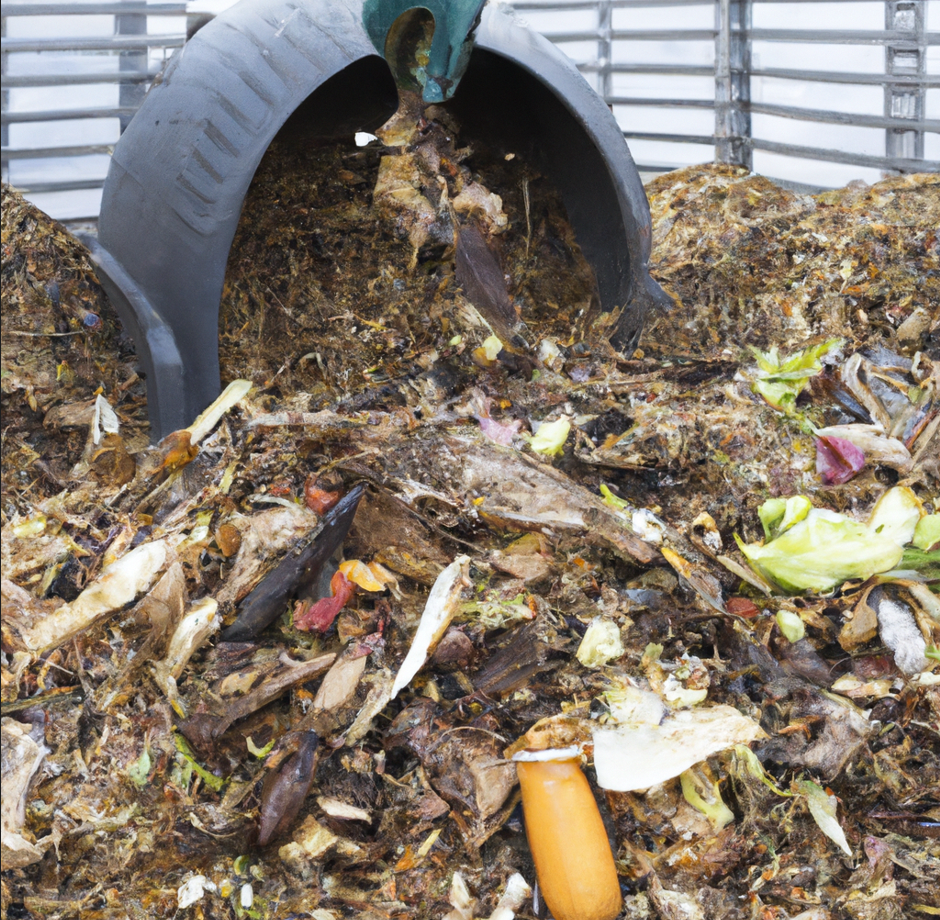
2. Hydrate or Water Your Compost Pile
A key step to remember is to keep your compost pile hydrated regularly. This means that you should add water to your composting materials so it has the consistency of a damp cloth or sponge. Make note of how much water you add as too much of it could cause the microorganisms to become soggy and waterlogged, causing them to drown. Too much hydration could also lead to rot instead of compost.
One great way of keeping track of this is by monitoring the temperature of your compost pile with a special compost thermometer that can also be bought at any gardening equipment store. You can also simply use your hand to check on the progress. Place it in the middle of the compost pile and if it feels warm and humid, then it should be just fine.
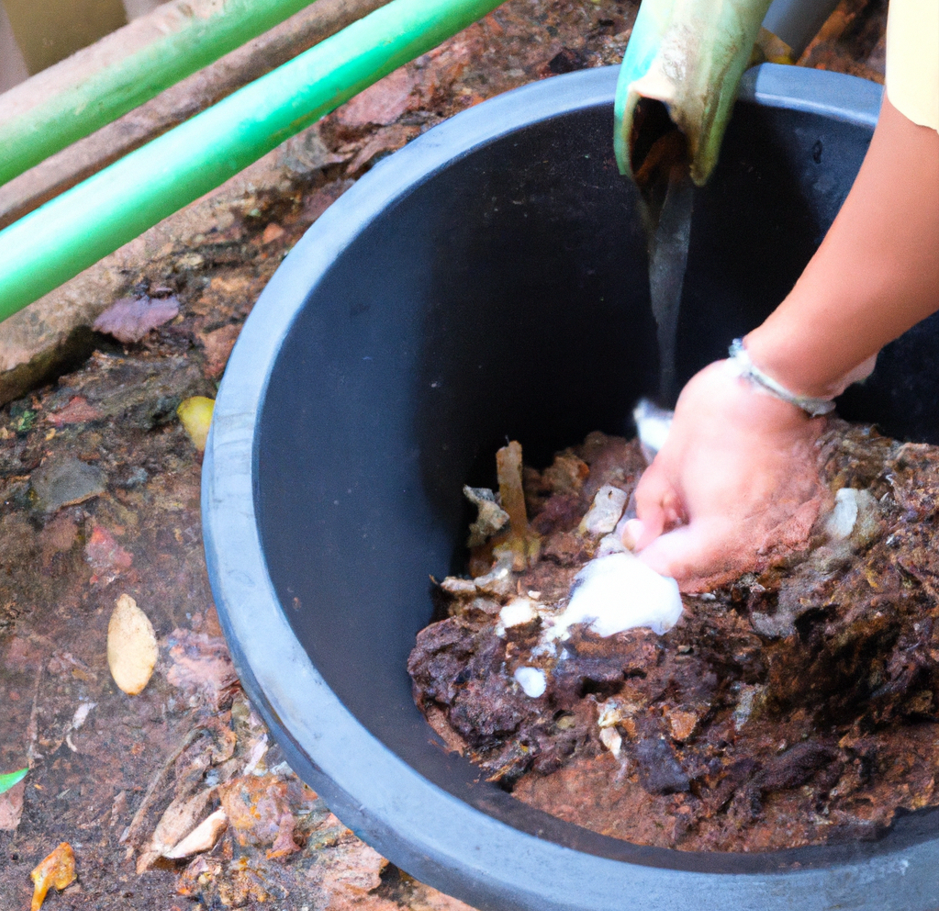
3. Turn and Stir Regularly
An effective way to help your compost pile cook faster is by storing or turning it regularly with a garden fork. The best time to do this is when your compost feels warm in the center or if your compost thermometer reads 130*F – 150*F. This action not only speeds up the “cooking” stage but also prevents the materials inside from leaving a nasty smell or from becoming matted down completely. You can also add chopped or shredded raw materials inside to further aid in the process whilst also turning and stirring your compost regularly.
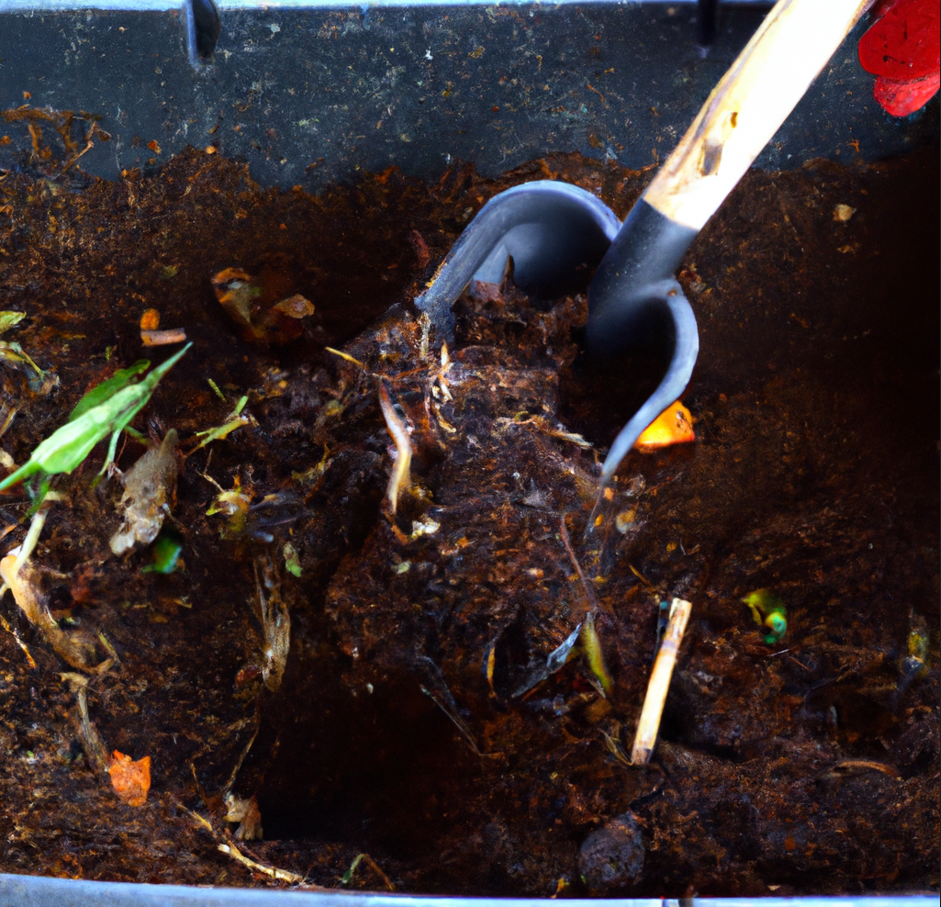
Nourish Your Garden and Other Vegetation
Once you notice that your compost pile has become dry and crumbly, you know that it is fully cooked and ready for your garden. It should appear visibly brown and it shouldn’t give off any heat.
Sprinkle 5-6 inches of this homemade compost on your vegetation, fruit garden, flower beds, etc. You can also add it on top of your plant pots during the growing season and see your plants thrive. It is also helpful if you are learning how to grow flowers like sunflowers.
You can even prepare compost tea by soaking your finished compost in water for a few days and then straining it for a potent liquid fertilizer and this can be great for when growing vegetables like potatoes.
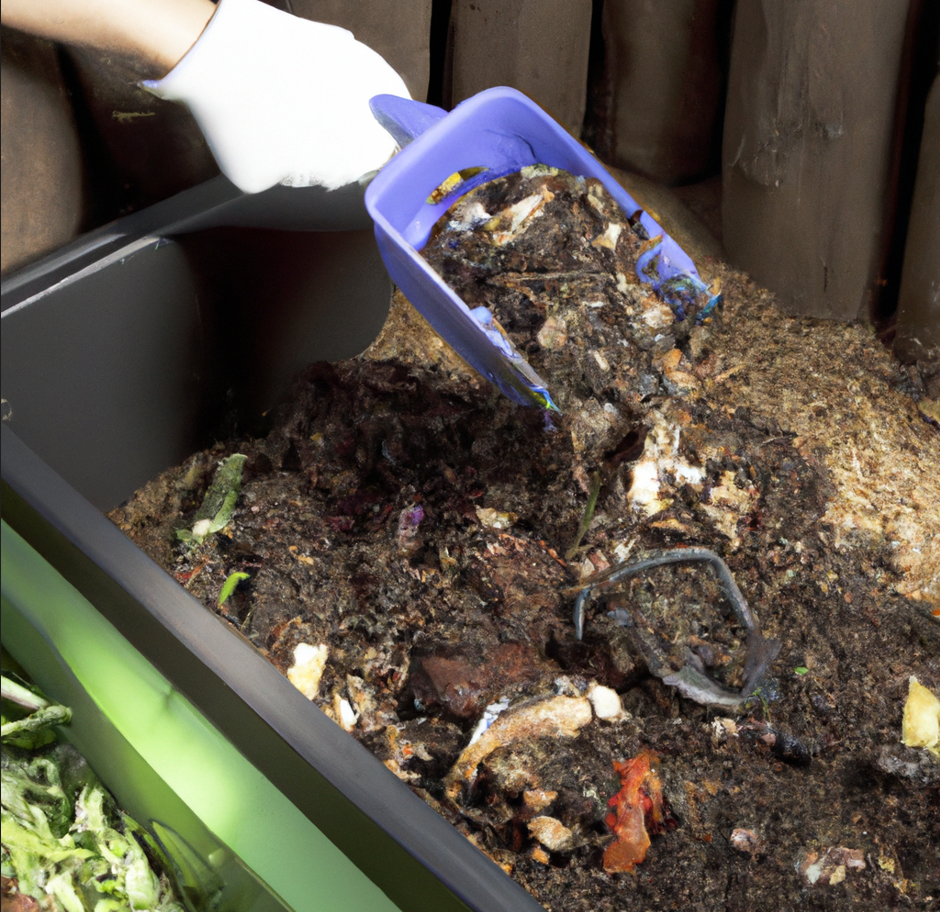
How to Effectively Use Your Compost
Now that the waiting part is over and your final product is ready, it is now time to effectively use your homemade compost.
- Compost tea: As mentioned above, brewing compost tea results in an excellent and ultra-potent liquid fertilizer that can quickly reach and revitalize your plant roots.
- Garden Fertilizer: The best way to use your compost is by feeding it to your garden. Be it your precious flowers, trees, fruits, or vegetables, sprinkle some on top to nourish them well.
- Mulch Alternative: Use your compost instead of mulch to keep your soil hydrated and to prevent unnecessary water evaporation, resulting in weeds.
- Potting Soil Boost: For a healthier, potent potting soil surface, you can add equal parts of your compost, topsoil, vermiculite, and then stir it well.
Frequently Asked Questions
Which organic materials are most useful in preparing compost?
The most useful organic materials you can use in making compost include kitchen scraps and browns including dead leaves, twigs, and branches. The greens would include vegetable peels, coffee grounds, fruit waste, grass clippings, plant material, blood meal, peat moss, etc. Just ensure you have the right amount of water, greens, and browns.
Is making a compost pile regularly expensive?
No, making a compost pile regularly is not expensive since most of the ingredients you will use are natural and easily available all around you. Kitchen scraps, food waste, manure, grass clippings, branches, leaves, etc., are all easily available byproducts that can be added to your pile.
What will make compost break down faster?
To make your compost pile break down faster you can add manure, coffee grounds, worms, grass clippings, leaves, etc. You can also blend in a compost accelerator to help with this. These contain the necessary bacteria or enzymes to help deteriorate and break it down faster.







